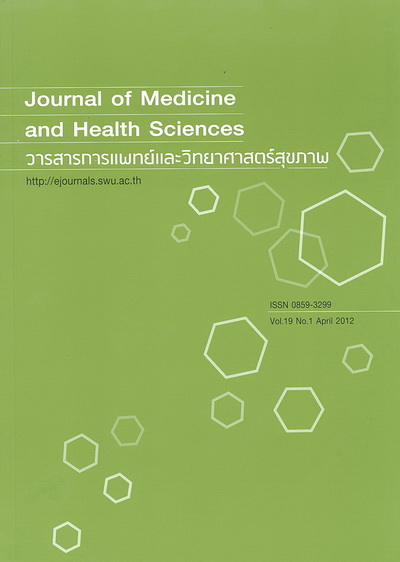Clinical of hip dislocation
Keywords:
Hip, Dislocation, ReductionAbstract
Simple hip dislocation is the dislocated hip without associated proximal femoral or acetabular fracture. Most common cause of injury is dashboard injury in motor vehicle accident. While the complex emergency hip reduction should be done to restore femoral head blood flow to reduce the complications after hip dislocation. Dynamic stress view is necessary to determine whether an acetabular fracture is obliged for surgical fixation while a concentric reduction on plain radiographs and negative CT scan finding do not rule out the presence of intra-articular pathology. The long term complications after hip dislocation include osteoarthritis, osteonecrosis and sciatic nerve palsy. The indications of operative treatment are nonconcentric reduction from the presence of bony or chondral fragments or soft tissue interposition, irreducible dislocation, associated proximal femoral fracture and large posterior wall of acetabular fracture leading to instability. Operative treatment may be hip arthroscopy or open arthrotomy. Arthroscopy is a safe alternative to arthrotomy for addressing intra-articular pathology such as loose bodies, chondral defects and labral tears.Downloads
Published
2012-05-22
Issue
Section
Review Article


